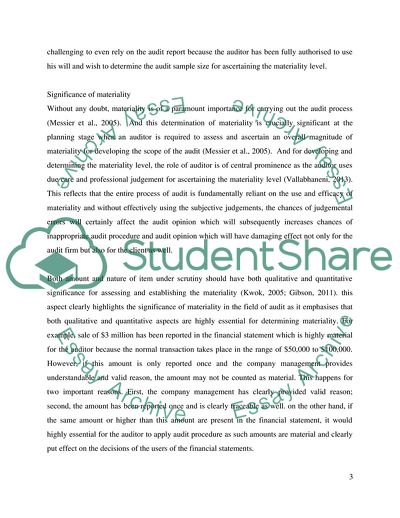Cite this document
(The term material is of critical importance in the auditing context Essay, n.d.)
The term material is of critical importance in the auditing context Essay. https://studentshare.org/finance-accounting/1854233-the-term-material-is-of-critical-importance-in-the-auditing-context-porter-et-al-2014-p73-discuss-these-abstracts-in-the-context-of-academic-research-and-recent-developments-in-audit-regulation-and-practice
The term material is of critical importance in the auditing context Essay. https://studentshare.org/finance-accounting/1854233-the-term-material-is-of-critical-importance-in-the-auditing-context-porter-et-al-2014-p73-discuss-these-abstracts-in-the-context-of-academic-research-and-recent-developments-in-audit-regulation-and-practice
(The Term Material Is of Critical Importance in the Auditing Context Essay)
The Term Material Is of Critical Importance in the Auditing Context Essay. https://studentshare.org/finance-accounting/1854233-the-term-material-is-of-critical-importance-in-the-auditing-context-porter-et-al-2014-p73-discuss-these-abstracts-in-the-context-of-academic-research-and-recent-developments-in-audit-regulation-and-practice.
The Term Material Is of Critical Importance in the Auditing Context Essay. https://studentshare.org/finance-accounting/1854233-the-term-material-is-of-critical-importance-in-the-auditing-context-porter-et-al-2014-p73-discuss-these-abstracts-in-the-context-of-academic-research-and-recent-developments-in-audit-regulation-and-practice.
“The Term Material Is of Critical Importance in the Auditing Context Essay”. https://studentshare.org/finance-accounting/1854233-the-term-material-is-of-critical-importance-in-the-auditing-context-porter-et-al-2014-p73-discuss-these-abstracts-in-the-context-of-academic-research-and-recent-developments-in-audit-regulation-and-practice.


